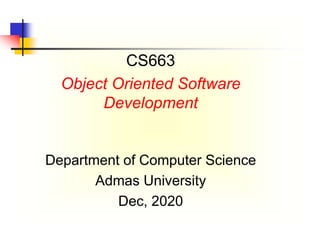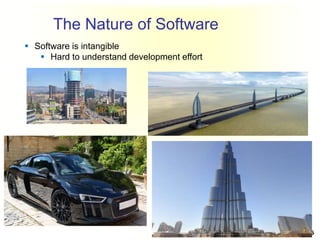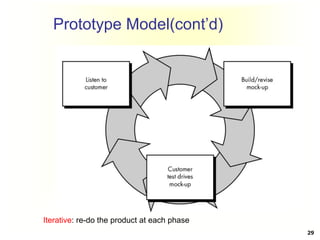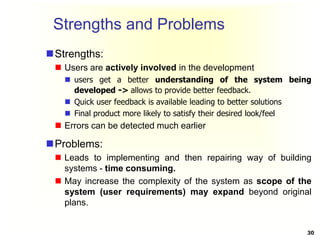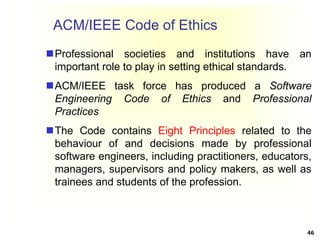The document outlines essential concepts in software engineering, including definitions of software, types, attributes of good software, and the importance of software processes and models. It details various software development models such as waterfall, spiral, and agile methodologies, emphasizing their strengths and weaknesses, and highlights the pivotal role of ethics in software engineering practice. The document aims to provide a comprehensive understanding of software production, the implications of the software crisis, and the ethical standards expected from software engineers.
